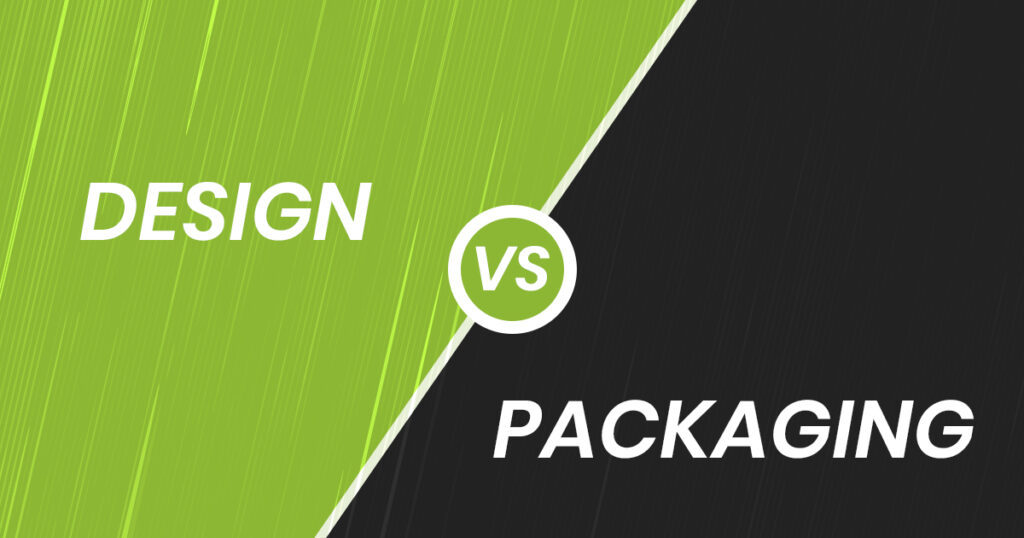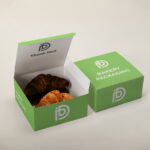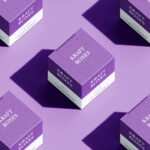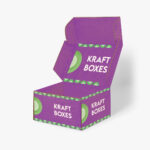In today’s marketplace, the competition isn’t just about who offers the best product—it’s about how that product looks, feels, and attaches with the customer. This is where product design and packaging come into play. While both are critical components of brand strategy, accepting which carries more weight can transform your product’s performance, visibility, and consumer allegiance.
Understanding Product Design:
Product design is far more than just optical appeal. It’s the core of your brand’s personality, the emotional and psychological connection that links your product to the customer.
Key Point of Effective Product Design
- Logo and Typography: These are the sign marks that define your brand’s identity. Think of Apple’s understated apple logo or Coca-Cola’s unique font—they’re instantly recognizable.
- Color Schemes: Colors evoke emotions. Blue suggests trust, red invokes urgency, and green hints at sustainability.
- Imagery and Style: From flat designs to 3D effects, the choice of imagery can influence how customers perceive your professionalism and creativity.
How Design Impacts Brand Recognition
A well-crafted design helps your product:
- Stand out in cluttered retail shelves or online marketplaces.
- Build brand recall and loyalty over time.
- Develop an emotional connection that leads to repeated purchases.
Great design tells a story. It speaks directly to your ideal customer’s partialities, values, and lifestyle, making your product not just a purchase but an experience.
The Role of Packaging: First Touchpoint in the Physical World
Product packaging is the physical gateway to your product. It holds, protects, displays, and delivers your product into the hands of the consumer. In many industries, it’s the deal breaker or dealmaker.
Core Functions of Packaging
- Protection: Protections products from physical damage, contamination, and environmental factors.
- Compliance and Information: Includes required labels, expiry dates, barcodes, nutritional data, legal disclaimers, and usage instructions.
- Ease of Use: Innovative packaging (e.g., resealable, easy-open, stackable) adds value to the user experience.
- Brand Presentation: High-end materials and finishes (e.g., matte, foil stamping, embossing) communicate luxury and quality.
Packaging as a Marketing Tool
Smart packaging helps:
- Influence purchasing decisions at the shelf with tactile and visual appeal.
- Improve unboxing experiences, especially for e-commerce brands.
- Reflect environmental responsibility through sustainable materials, which now influence up to 73% of buying choices among Gen Z and Millennials.
When Design Takes the Lead: Digital-First and Emotion-Driven Products
For industries heavily dependent on digital engagement—such as apps, software, and lifestyle brands—design often outweighs packaging because the product may not have a physical form at all.
Scenarios Where Design Trumps Packaging
- E-commerce platforms: Conversion relies on thumbnail images and product pages.
- Mobile apps or digital services: UX/UI design is the product itself.
- Luxury cosmetics: Sleek, elegant design creates desirability.
In these cases, poor design can tank conversions, even if the product itself is excellent.
When Packaging Prevails: Safety, Storage, and Practicality
For perishable goods, fragile items, or products sold in retail environments, packaging is not just important—it’s vital.
Scenarios Where Packaging Is More Critical
- Food and beverages: Packaging maintains freshness and ensures hygiene.
- Pharmaceuticals: Secure packaging prevents tampering and ensures dosage accuracy.
- Consumer electronics: Protective casing reduces returns due to damage during transit.
Packaging in these sectors isn’t just functional—it can make or break the customer’s satisfaction and trust.
Integrated Approach: Brands That Get It Right
Some of the most successful companies combine exceptional design with high-performance packaging.
Case Studies
- Apple: Clean typography, minimalist visuals, and premium packaging that enhances the product reveal.
- Lush Cosmetics: Bright, bold graphic design paired with recycled, minimalistic packaging that aligns with its eco-friendly brand.
- Glossier: Pastel tones, simple fonts, and personalized packaging create an emotional connection and brand consistency across platforms.
These brands understand that design attracts, but packaging delivers—both metaphorically and literally.
Design vs. Packaging in Marketing Strategies
- Grabs consideration in social ads and influencer content.
- Improves brand storytelling through consistent visuals.
- Reinforces trust in email campaigns and landing pages.
Design in Digital Marketing
Packaging in Post-Purchase Experience
- Effects unboxing satisfaction and social media sharing.
- Affects review quality and word-of-mouth marketing.
- Can make return customers feel valued and unstated.
Sustainability: A Growing Priority in Both Fields
Modern consumers expect brands to care about the planet. Sustainable design and packaging can no longer be optional.
- Design must reflect eco-values with natural color palettes, minimalist aesthetics, and transparency in obtaining.
- Packaging should use biodegradable, recyclable, or reusable materials, reducing the carbon print without cooperating on aesthetics.
Brands that align their visual identity with environmental responsibility gain trust and long-term loyalty.
Choosing What Matters More: It Depends on the Product Lifecycle
Rather than choosing one over the other, the real strategy is harmonizing design and packaging based on:
- Sales channel: Is your product mostly sold online or in stores?
- Product type: Is it fragile, consumable, luxury, or digital?
- Target audience: Are they design-savvy, eco-conscious, or experience-driven?
Decision Matrix
| Product Type | Design Priority | Packaging Priority |
| Mobile App | ✅ High | ❌ N/A |
| Gourmet Chocolate | ✅ Moderate | ✅ High |
| Luxury Perfume | ✅ High | ✅ High |
| Organic Skincare | ✅ High | ✅ High |
| Bulk Hardware Tools | ❌ Low | ✅ High |
Conclusion: Design Brings Them In, Packaging Seals the Deal
Design is the first handshake, the visual story that draws a customer toward your product. Packaging is the final impression, the noticeable communication that defines satisfaction and loyalty. To succeed in modern commerce, brands must stop viewing these two as competitors and start treating them as partners in the customer journey.
From digital marking to shelf impact, and from e-commerce thumbnails to unboxing experiences, both design and Custom packaging Boxes play non-negotiable roles in driving consumer behavior, reducing churn, and growing brand equity.











